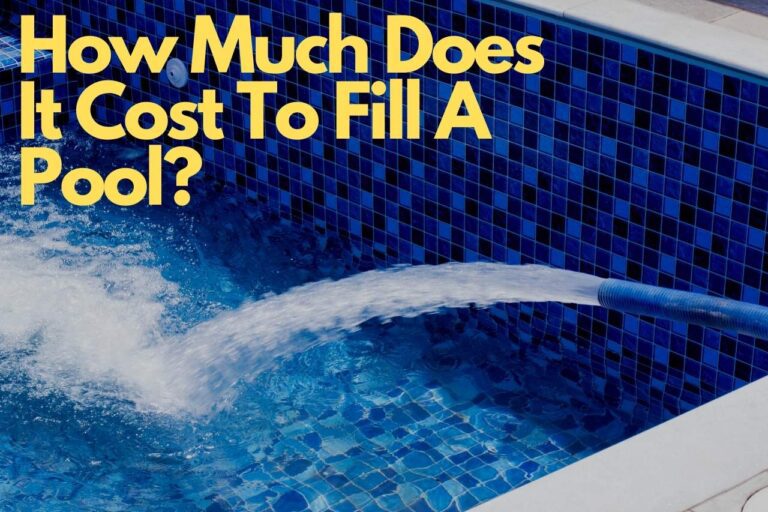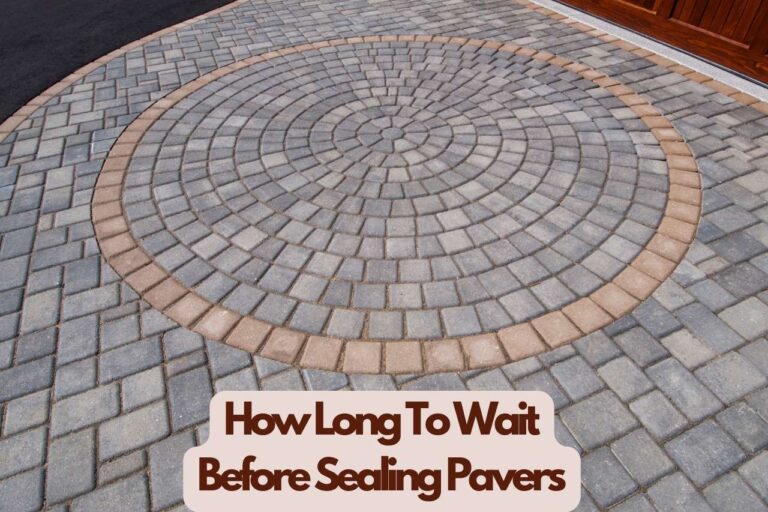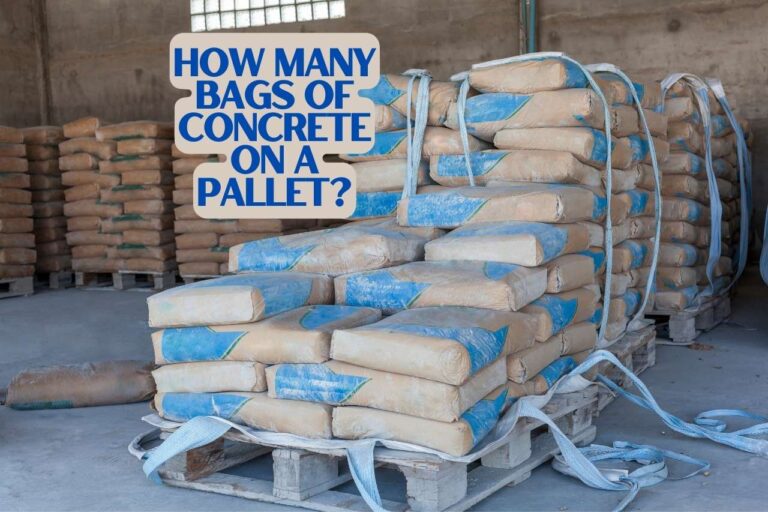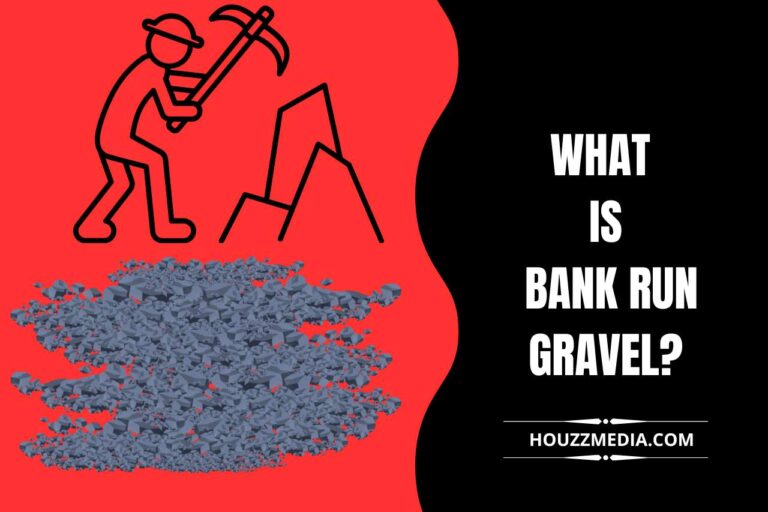Bluestone Vs Pavers – Choosing the Right Material for Your Outdoor Project!
It’s an extremely hectic life journey. Nothing beats going outside and inhaling in the cool breeze after a long day. Your escape to relax and improve your enjoyment of life can simply be a nice backyard patio. Your living space is additionally increased by a patio, allowing you a perfect place for outside entertaining, enjoying your cup of coffee in the morning while listening to birds, or even just reading a nice book. Bluestone Vs. Pavers, given the wide range of design possibilities available, you may be interested in what the ideal patio material is for your particular requirements.
What is the Difference Between Bluestone and Pavers?
The sedimentary stone type, bluestone, is easily identifiable by its blue-gray hue. It mainly contains minerals, including mica, quartz, and feldspar. Bluestone is a naturally occurring stone quarried from a few particular areas.
Pavers can frequently be built of concrete, clay, or natural stone and are man-made materials. Clay pavers are bricks that have undergone baking baked in a kiln, whereas concrete pavers are made by pouring a mixture of cement, aggregates, and coloring agents into molds.
Bluestone is just one type of natural stone that can produce pavers, but other stones like granite or sandstone can also be used.The term “bluestone” comes from the stone’s distinctive blue-gray coloring. It frequently has organic variation in hue and texture, giving it a distinctive and alluring appearance.
Bluestone may feature a smooth or rough surface depending on how it is finished. Some factors, including the type of stone used, paving stones can be found in a wide variety of hues, forms, and textures.
Concrete pavers can be designed to resemble brick, natural stone, or other building materials. They may have surfaces that are plain, patterned, or both.
Common outdoor uses for bluestone include patios, pathways, swimming pool decks, and garden paths. Additionally, it is employed in landscaping for steps, walls for retention, and ornamental elements. The usage of pavers in outdoor hardscaping projects is common and adaptable.
What are the Advantages of Using Bluestone for Outdoor Projects?
Bluestone is well-known for its lovely blue-gray coloring, which can give outdoor settings a dash of class and sophistication.
Its organic variations in tone and texture produce a visually appealing appearance that goes well with different architectural types. A natural stone called bluestone is tough and resistant to weather and heavy use.
It is perfect for long-lasting outdoor installations since it is resistant to chipping, cracking, and fading. Bluestone is an appealing option for areas with severe winters since it can resist freeze-thaw cycles without suffering major damage.
Bluestone often has a rough surface that provides good slide resistance when used in areas prone to wetness, such as pool decks or outdoor steps. The bluestone’s organic texture contributes to creating a safer walking surface.
What are the Benefits of Using Pavers in Landscaping and Hardscaping?
Pavers have several significant benefits, including their ease of repair in the event of damage. Individual pavers can be changed instead of replacing the whole surface, unlike poured concrete or asphalt.
Pavers also require very little maintenance. Regular sweeping and periodic cleaning with water and light detergent is usually sufficient to keep them in good condition.
It is simple to replace any soiled or damaged pavers without upsetting the natural landscape around them. The phenomenon of freeze-thaw cycles is one of the many weather extremes pavers can tolerate.
They are appropriate for areas with fluctuating temperatures because their joints allow for expansion and contraction without cracking. Pavers are permeable, which allows rainwater to seep into the ground and reduce runoff, preventing floods and water pooling problems.
Are Bluestone and Pavers Suitable for Different Types of Projects?
Bluestone and pavers are exceptional for various project kinds, and their optimal uses might vary according to the particular project’s needs. Bluestone is a fantastic material for constructing gorgeous patios due to its natural beauty and durability.
Its distinctive hue and texture can improve the aesthetic appeal of living spaces outdoors. Bluestone can be utilized to create attractive and welcoming walks and paths in a garden, park, or residential environment.
It is a practical and visually appealing option because of its toughness and slip-resistant qualities. Pool decks can benefit from bluestone’s cool surface, slip-resistance, and water resistance. For pool areas, its natural appearance can make a lovely backdrop.
Bluestone is an excellent choice for outdoor stairs and staircases because of its toughness and capacity to handle high foot traffic. Due to its naturally textured texture, it can offer good traction and guarantee safety.
Due to their strength, longevity, and capacity to endure automotive activity, pavers, particularly concrete ones, are frequently used for driveways.
They provide a more attractive alternative to driveways made of concrete or asphalt. In residential and business contexts, pavers are frequently used to construct sidewalks and pathways. Their adaptability enables the creation of numerous patterns and designs, boosting the landscape’s overall aesthetic appeal.
Pavers are an excellent selection for designing outdoor patio areas where people may congregate and unwind. They offer a solid, long-lasting, and aesthetically pleasing surface for outdoor furniture, grills, and entertaining spaces.
Pavers can be used to construct warm courtyards and plazas in public or commercial areas. Their ability to adapt in terms of design enables the insertion of complex patterns or designs that might improve the ambiance of these spaces.

How does the Cost Compare Between Bluestone and Pavers?
Bluestone may range in price anything from $4 and $8 per square foot for just the material. On the other hand, premium bluestone variants or slabs with a bigger format may cost more, with costs reaching $15 or more per square foot.
Costs resulting from installation, such as labor and any additional materials, should also be considered. The most affordable choice is typically pavers, which can cost anywhere from $2 to $10 per square foot for the material alone.
What is more Aesthetically Pleasing: Bluestone or Pavers?
The visual preference between bluestone and pavers is arbitrary and can change depending on one’s preferences, the space’s overall design, and the desired aesthetic result. Pavers and bluestone each have unique aesthetic attributes. Since bluestone has a distinctive blue-gray coloring and is noted for its exquisite beauty, it can give spaces outdoors a refined air.
It frequently possesses organic variances in hue and texture, giving it a pleasing appearance. Bluestone’s organic form may result in a unified and natural aesthetic when used for hardscaping and landscaping projects.
Pavers give numerous design possibilities due to their wide spectrum of materials, styles, colors, shapes, and textures. Concrete pavers can be constructed to look like brick, natural stone, or other building materials.
Pavers offer flexibility and open the door to imaginative design options, including various patterns, colors, and combinations. They might be selected to create an identifiable visual theme or to go along with the space’s architectural design.
In the final analysis, the choice as to whether to choose pavers or bluestone depends on the particular project, the intended appearance, and personal preference. The property’s architectural aesthetic, the surrounding scenery, and how the construction material will fit into the scheme of things should all be considered.
Watch this one,
Video Credits – Armstone
You May Also Like






